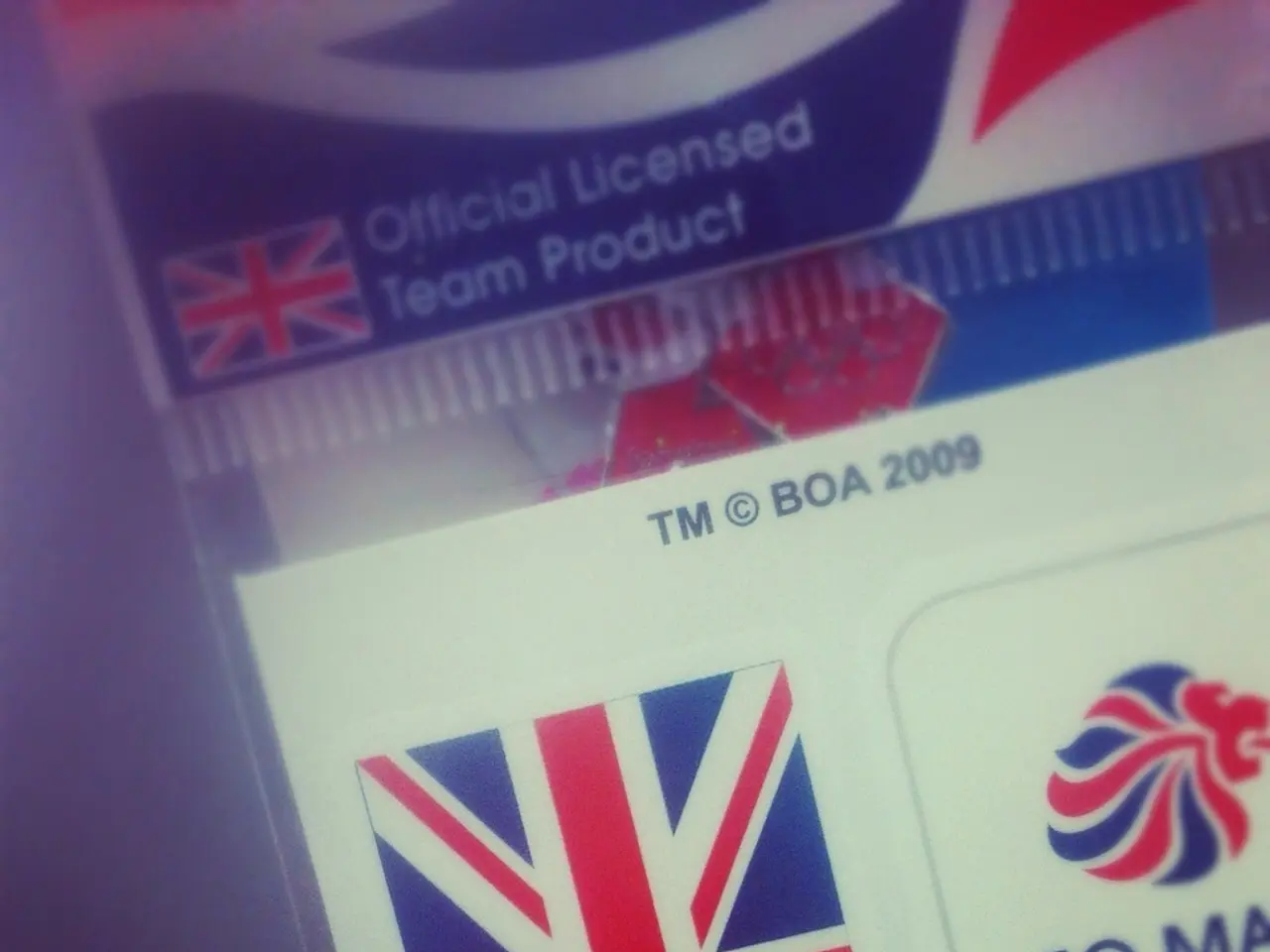Benefiting from Facial Recognition Technology in Banks
In the rapidly evolving digital landscape, the need for robust and user-friendly security measures is paramount. One such solution that's making waves in the banking sector is facial biometric verification with liveness detection. This innovative technology offers significant benefits and diverse applications in online banking and customer authentication.
Enhanced Security Against Fraud
By utilising unique, hard-to-replicate facial features combined with liveness detection, facial biometrics provides a formidable barrier against spoofing attacks. These attacks, such as the use of photos, masks, or deepfake videos, are common with traditional methods like passwords or PINs. This ensures that the person authenticating is a live human being, reducing identity fraud and account takeover risks [1][2][3][4][5].
Improved User Experience and Efficiency
Facial biometric verification offers a fast, seamless authentication process. Veriff’s technology, for instance, can verify identities in around 1 second. Users avoid remembering or resetting passwords, leading to fewer support requests and lower operational costs for businesses. The process is simple, using selfies taken on standard mobile devices without specialized hardware [1][3][5].
Regulatory Compliance and Remote Onboarding
Liveness detection is crucial in Know Your Customer (KYC) procedures for the banking and finance sectors, enabling fully remote onboarding while ensuring strong identity assurance. This reduces reliance on manual verification, accelerates customer onboarding, and helps meet regulatory standards [2][4].
Privacy and Data Protection
Modern biometric systems often store and process biometric data locally on users’ devices using secure cryptographic protocols (such as FIDO2/WebAuthn). This approach minimises data breach risks and aligns with privacy laws, fostering user trust in the authentication process [4][5].
Broader Applications
Beyond online banking, facial biometric verification with liveness detection is used for physical access control in high-security environments (offices, data centers, government buildings) where contactless, hygienic, and reliable authentication is essential [2].
In summary, facial biometric verification with liveness detection combines strong fraud prevention, fast and user-friendly authentication, remote compliance capability, and privacy protection, making it a powerful tool in securing online banking and customer authentication workflows [1][2][3][4][5].
Users need a working web or mobile camera to pass the check and follow brief instructions. The technology is being adopted by major UK banks, such as Santander, Lloyds, Halifax, HSBC, NatWest, and Barclays, as over 300 branches of these banks were closed in 2021 due to the increasing shift towards digital banking [6].
The Sumsum liveness solution, for instance, is GDPR-compliant and encrypts any customer data transmitted during the check. The customer's 3D face map is created for authentication purposes and cross-checked with faces listed on a blocklist of known fraudsters. Liveness solutions are based on biometric authentication to prevent duplicate accounts and account takeovers [7].
Liveness technology shields for the depth and texture of images, detects natural emotions and muscle movements, and prevents forced face authentication and detects visible signs of coercion and violence. It takes just 2-4 seconds to complete on any device, replacing outdated security protocols like passwords and pin codes [8].
The use of online and mobile banking has increased significantly in recent years, with as many as 1.9 billion individuals actively using online banking services in 2021 [9]. Cybercriminals are using more sophisticated methods like spoofing and bypassing to breach digital security, but liveness solutions are proving to be a formidable defence [10].
Liveness solutions like Sumsub's are tested under ISO/IEX 30107-1 and undergo regular penetration tests for enhanced security. They automatically record a short video of the customer's face and take six random photos for verification purposes [11].
By significantly reducing costs through eliminating the need for additional equipment and human operators, liveness solutions are not only secure but also cost-effective [12]. They are poised to revolutionise the banking industry, offering a secure, efficient, and user-friendly solution for online and mobile banking.
- The integration of facial biometric verification with liveness detection in online banking not only ensures robust security against fraud but also improves user experience and efficiency by providing a fast, seamless authentication process that eliminates the need for passwords and reduced operational costs for businesses.
- The use of liveness detection technology in Know Your Customer (KYC) procedures, coupled with its ability to minimize data breach risks, meets regulatory standards, and offers a reliable, contactless, and hygienic solution for physical access control in high-security environments, further cementing its value in both the banking sector and beyond.





